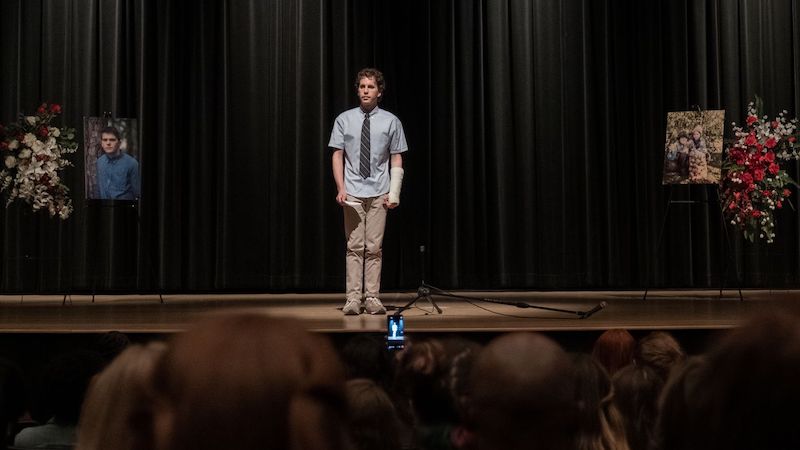The Simple Majesty of Dietrich Lighting

Welcome to The Queue — your daily distraction of curated video content sourced from across the web. Today, we’re watching a video essay on the lighting system attributed to Marlene Dietrich, known as Dietrich Lighting.
There’s an excellent 1999 documentary by Werner Herzog called My Best Fiend that charts the director’s tumultuous working relationship with the volatile actor Klaus Kinski. In one segment, Herzog recalls a dispute the pair had during the shoot of 1972’s Aguirre, the Wrath of God. Kinski was incensed that Herzog wanted to shoot the staggering peaks of Machu Picchu from a distance. Meanwhile, according to Kinski, the only landscape worth photographing was the human face.
While Kinski and the German-born actress Marlene Dietrich weren’t exactly pals (she supposedly sued him for libel once), the pair clearly understood the power of the close-up. For her part, Dietrich knew and cared a great deal about how she was lit. In her work with the Austrian-American filmmaker Josef von Sternberg (who took credit for “discovering” Dietrich), the actress’s naturally round face appeared angular, sculpted, and radiant with class. The technique, dubbed “Butterfly Lighting” for the distinct shadow it produces under the subject’s nose, became the standard for Hollywood glamor lighting. Dietrich, aware of the importance of brand recognition, insisted on being lit this way even when she wasn’t working with von Sternberg.
The video essay below details the technical ins and outs of “Dietrich” lighting, a technique that emphatically proves that sometimes, less is more. Hey, sometimes all you need is one perfectly placed key light.
Watch “Dietrich Lighting: A Video Essay”:
Who made this?
This video essay is by Patrick Keating. Keating is a professor at Trinity University, where he teaches courses in film studies and video production. You can find more essay’s from Keating on his Vimeo account here.





